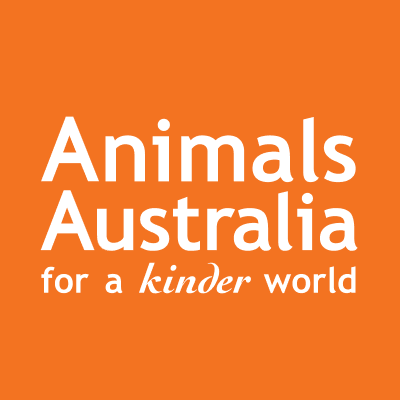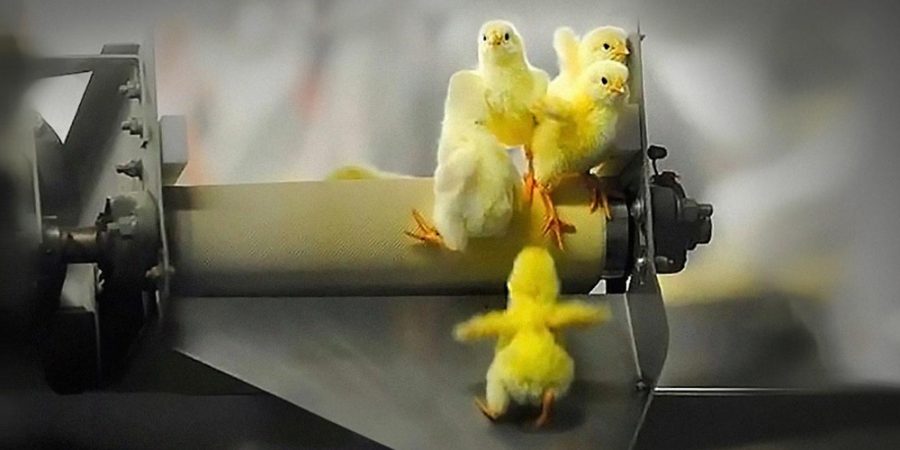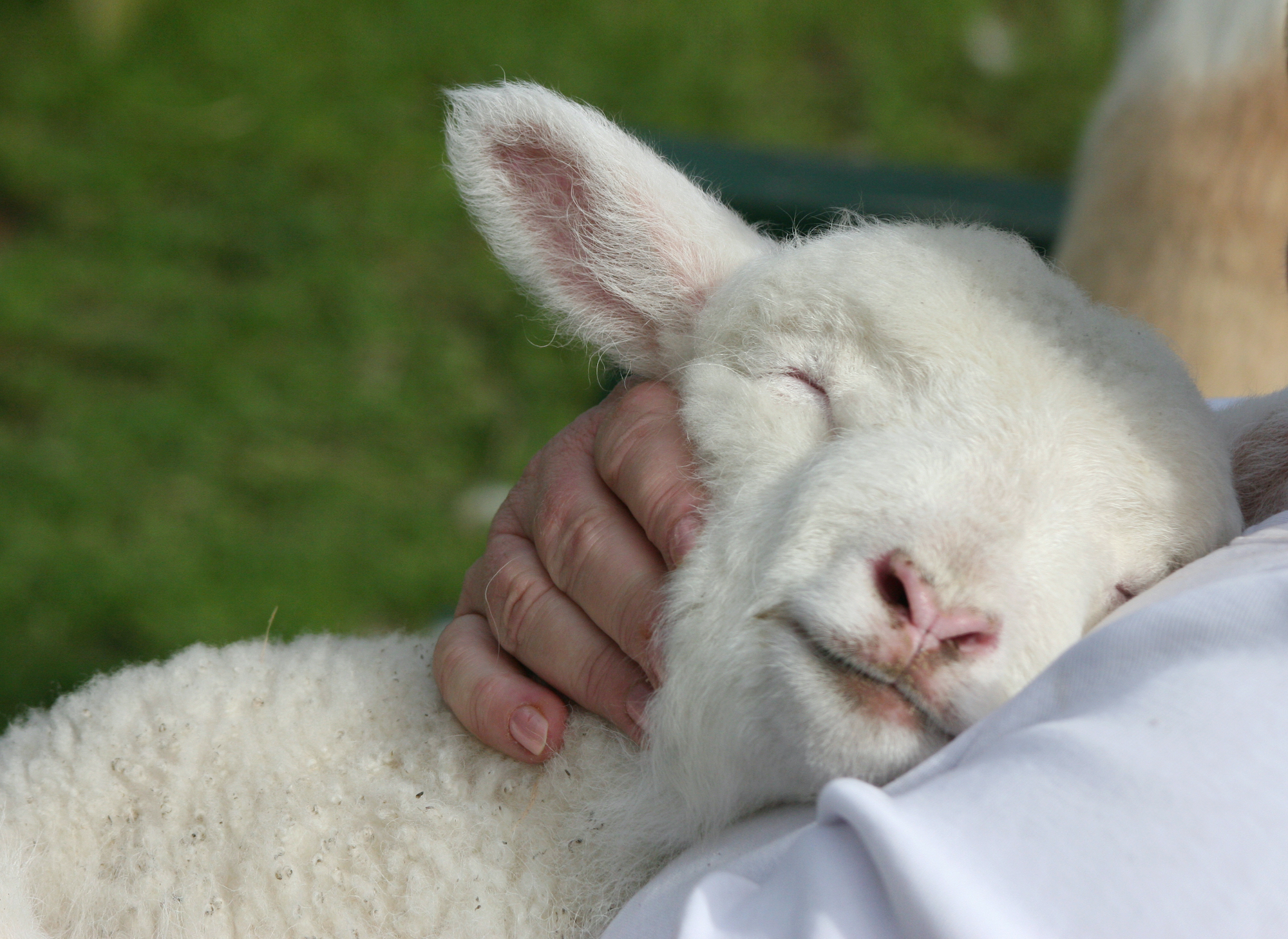Some 12 million chicks are killed on their first day of life in Australia every year … simply because they have no economic value to the industry they’ve been born into.
These routine mass killings are entirely legal.
Many people are shocked to learn that animals born into the category of ‘food’, or even ‘entertainment’, are excluded from the basic cruelty laws designed to protect our companion dogs or cats: those born into the category of ‘friend’.
These exemptions are outlined in industry model codes of practice.
The Model Code of Practice for the Welfare of Animals: Domestic Poultry states that “culled or surplus newly hatched chicks that are destined for disposal … must be killed promptly by carbon dioxide gassing or maceration.”
The killing of these animals is enshrined in our laws, as an acceptable cost of doing business.
Day-old chicks who are sick, injured or simply born male are gassed or ground up alive as standard practice in Australia’s egg industry: cage, barn, free-range, organic or RSPCA Approved.








